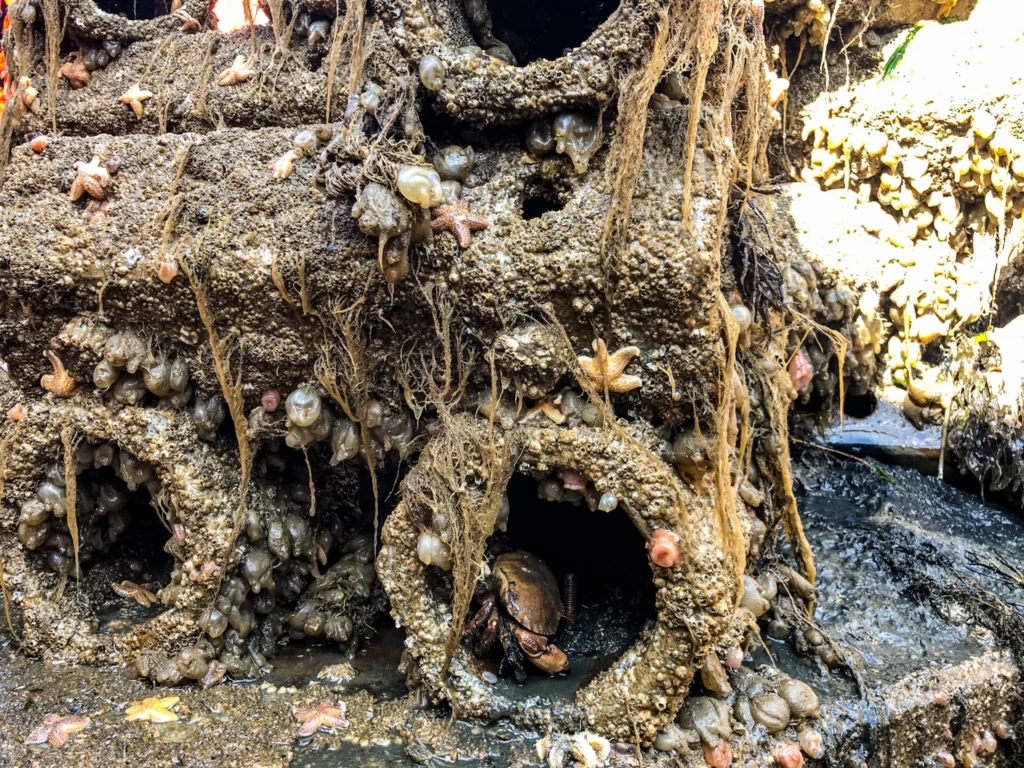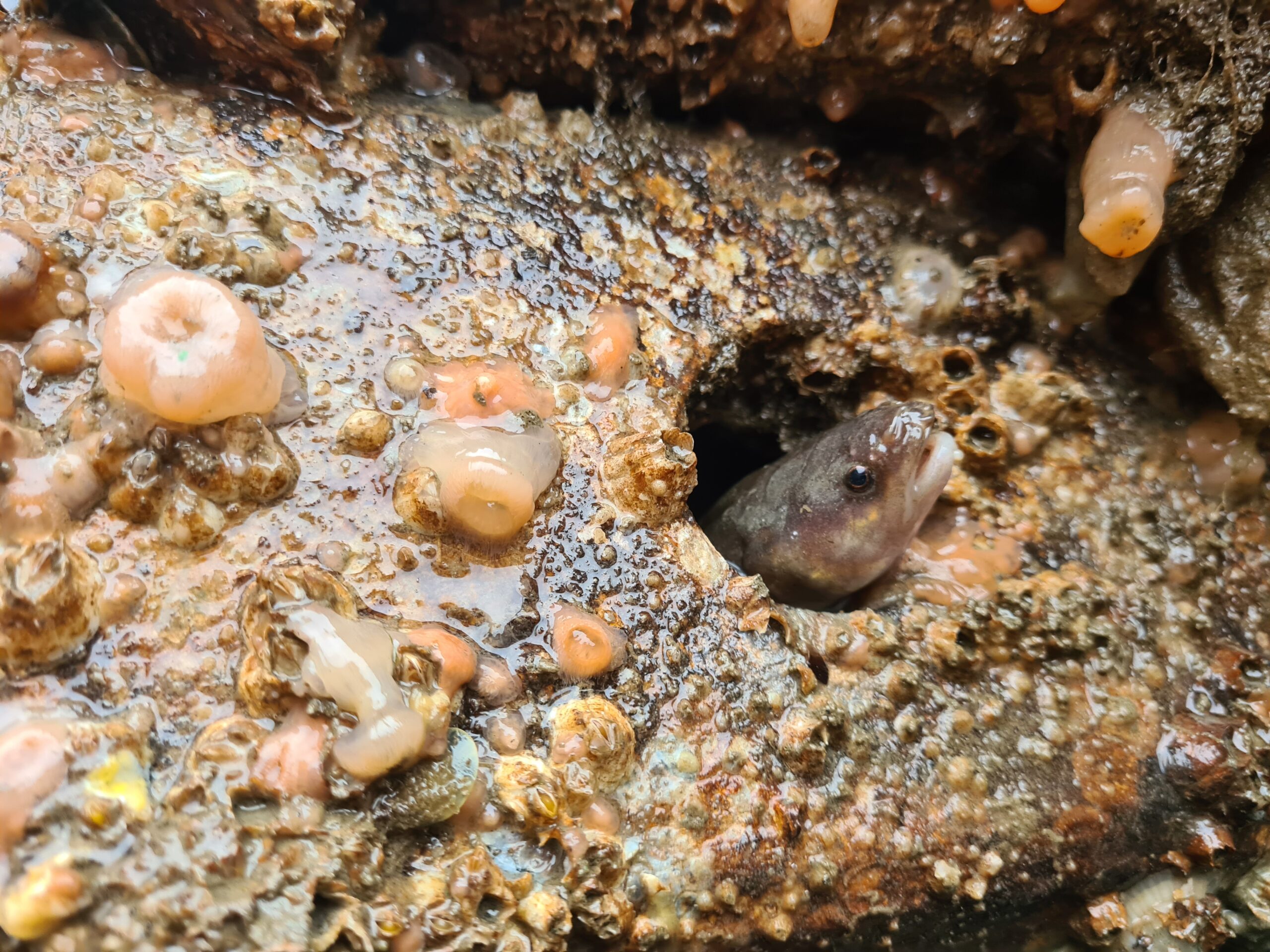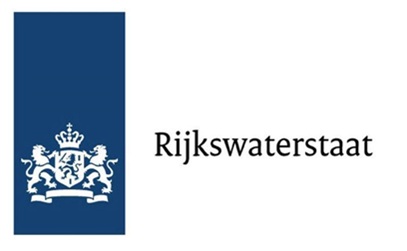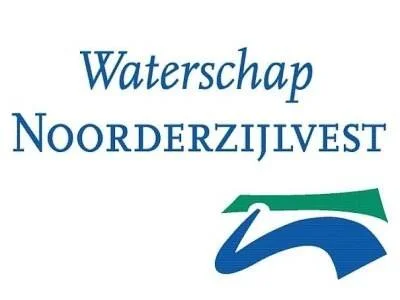The Lauwersmeerdijk reef project is a flagship example of how marine construction can be reimagined as a driver of ecological uplift. Launched in 2021 in collaboration with Waterschap Noorderzijlvest, Rijkswaterstaat, and the Waddenfonds, and implemented by the Waddenkwartier consortium (GMB & Heijmans), the pilot sought to test whether artificial reef modules could foster new habitats and boost biodiversity in the delicate Wadden Sea ecosystem.
From the outset, scientists from Van Hall Larenstein University of Applied Sciences and the University of Groningen led ecological monitoring to observe species colonization, habitat formation, and ecosystem interactions. Over several years, the reefs demonstrated a strong biological performance, attracting shellfish, algae, fish, and a diverse suite of marine life.
Encouraged by these results, the project has expanded in 2025, installing 100 MOSES reef plates, each containing 56 MOSES blocks, amounting to 5,600 in total. These modular units build on the original pilot’s design philosophy, combining engineered infrastructure with ecological ambition.











